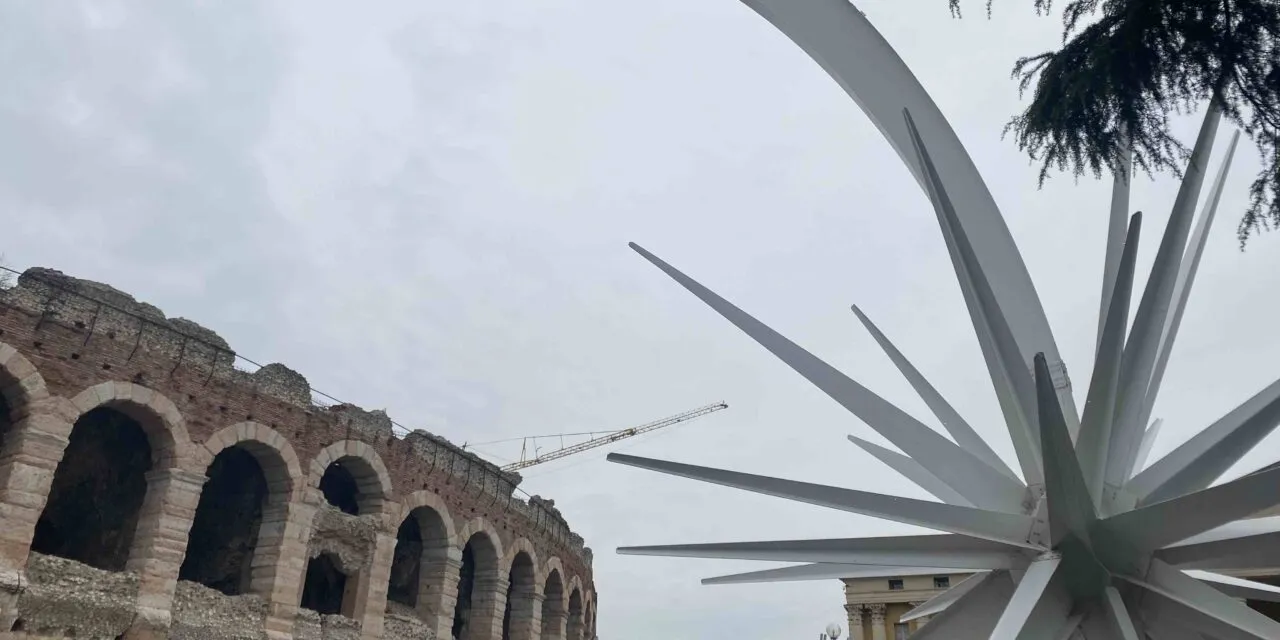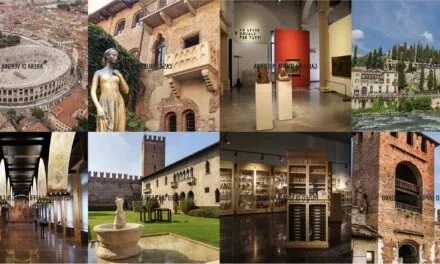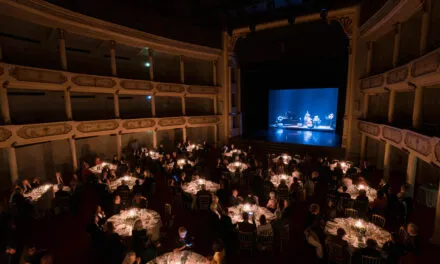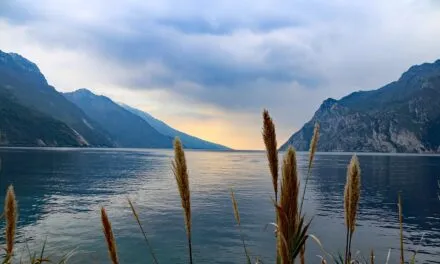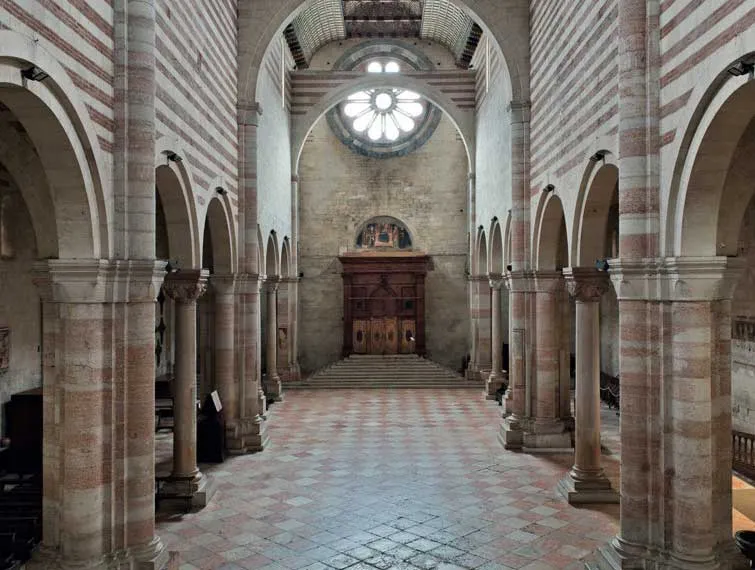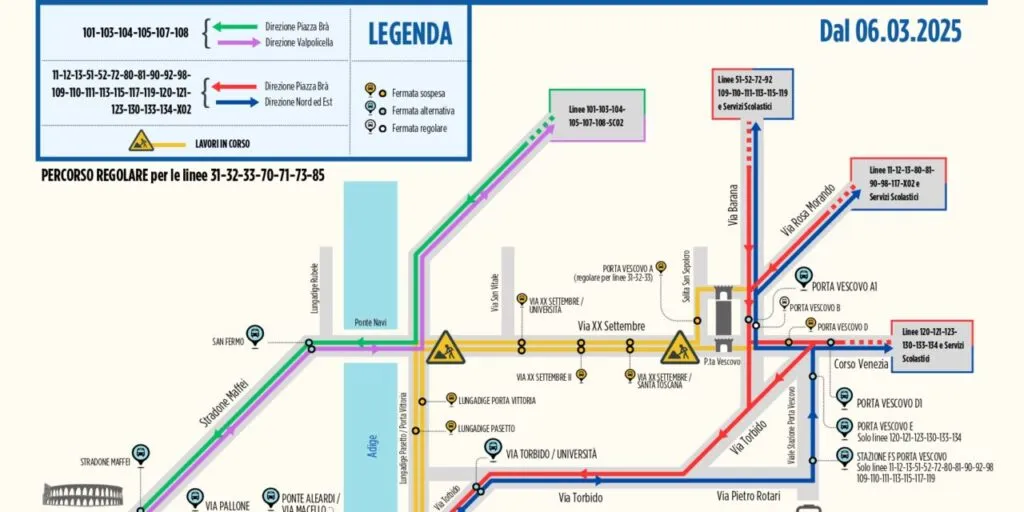(by Matilde Anghinoni) “E lucevan le stelle” – “And the stars were shining” – has been sung in the Arena for more than 100 years. Who knows what will be the effect of hearing the most famous aria of Puccini’s Tosca with a star, the guiding star of Verona – Stella Cometa -, planted at the foot of the lyrical temple. From the initial concern to the irony, some might think that the broken star is a “sign of our time” and therefore an heirloom to remind us of Christmas every day of the year, for the rest of eternity.
As ordered by the preliminary investigation judge, the limiting seals were removed today and it seems that five months after the catastrophic fall of the star, its dismantling may begin.
A piece of history dating back to forty years ago.
The star, designed by Rinaldo Olivieri on the idea of Alfredo Troisi in 1984, has a long tail that extends out of the Arena Amphitheatre. It was originally intended to be used only for the display of the nativity scene, but then, like the Eiffel Tower, the star aroused the interest of citizens and tourists to such an extent that it became the Christmas symbol of the city of Verona. At 70 metres high and 82 metres long, with 80 tonnes of steel and 2.500 bolts, the Christmas Star has even entered the Guinness World Records as the largest archi-structure in the world.
On the other hand; recent events regarding the monument.
The star fell to the ground, causing considerable damage to the Roman amphitheatre. After a complex legal battle, it still stands, its arms basking in the warm summer sun of spring. What happened that day? Let’s go back to the 23rd of January, a blustery, windy day. During the dismantling of the star, which weighs more than 70 tonnes, the terminal part of the tail fell from a height of several metres, damaging the higher steps of the amphitheatre and falling into the auditorium. There was talk of irreparable damage being done.
But who was to blame? The judge pointed his lens at twelve people. Among the accused are the workers who carried out the dismantling work, the foreman and the site manager, the directors of the Fondazione Verona per l’Arena (Verona for the Arena Foundation), which has always been in charge of the installation of the guiding star, but also the technicians of the Municipality, the owner of the amphitheatre. All of them are accused of having “irreversibly damaged an entire staircase of the Amphitheatre of Verona”, caused by “the widespread crumbling of the edges of the steps”.
A chain of responsibility that still doesn’t seem to have come to an end. Those in charge of the site had not supervised the work properly. The work should not have been carried out because of the strong wind. The contractor’s owner had not provided adequate training for the employees. The demolition work was not carried out with adequate precautions to protect the monument. Furthermore, no careful selection of the contractor and the technicians of the municipality had been carried out.
According to the prosecution, no adequate plans had been put in place to protect an asset of inestimable value.
And now? Unknown future dates, getting closer and closer.
First of all, on the 13th of June, the deadline for the report: the answers to the crucial questions of the investigation must be on the magistrate’s table. Then, in the whirlwind of deadlines, those of the companies that need the availability of the Arena to continue with their productions, the scenography of the opera season, and those of the singers.
Performers like Lazza and Sfera Ebbasta, who, a few weeks before their dates, still have no technical details about their own “night” on an international stage under the stars (of the sky).
View HERE our reel about the story of the fallen star.



